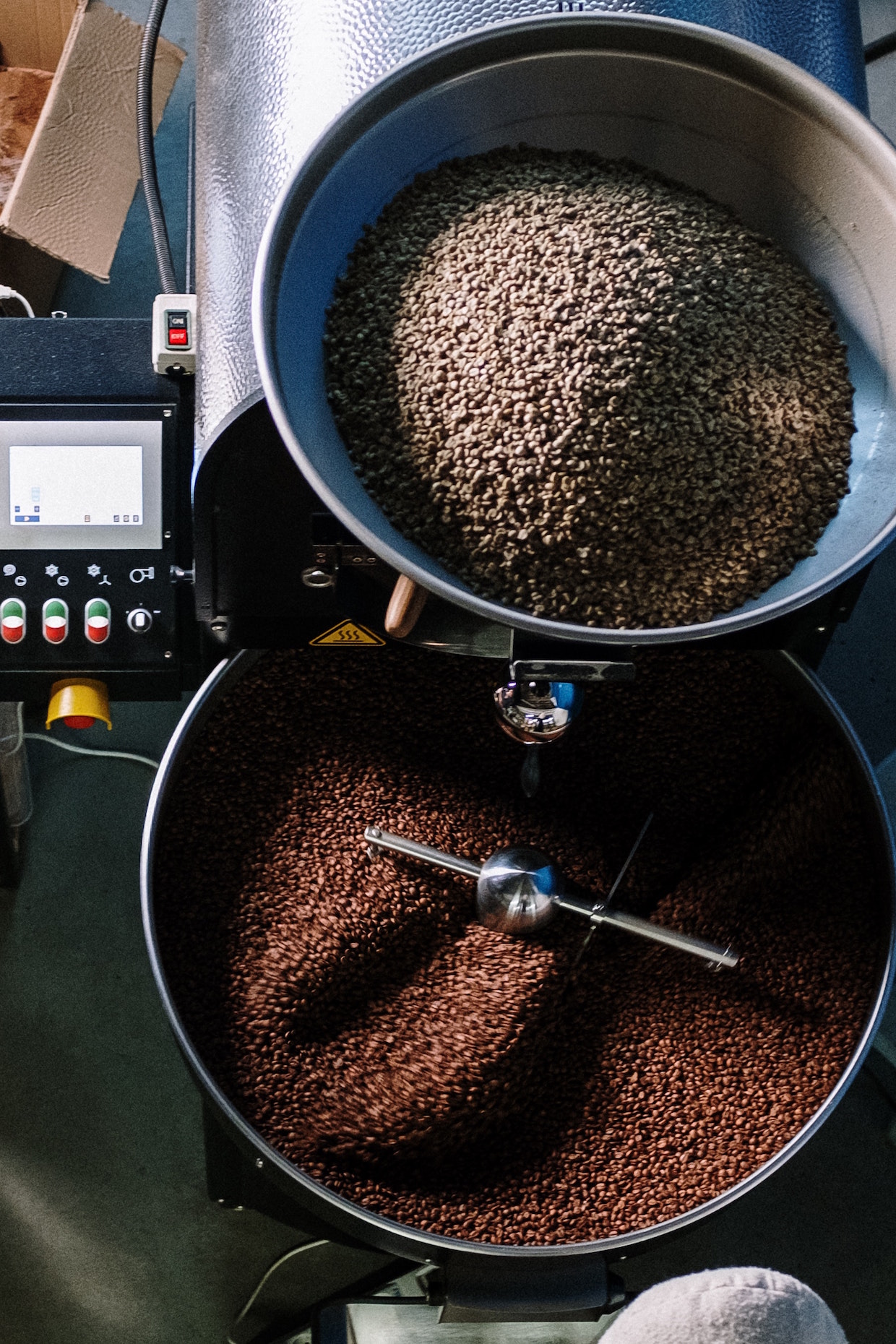A recent survey led by green coffee trader Caravela Coffee suggests coffee roasters of all shapes and sizes are feeling strains on their business operations due to the ongoing COVID-19 pandemic.
In general, the survey results suggest that the pandemic has most negatively affected North American roasters. That demographic also showed the most pessimistic outlook moving forward.
Interestingly enough, the United States continues to be the global loss leader in terms of human life during the novel coronavirus pandemic, with just shy of 20% of the world’s more than 34 million COVID-19 cases and just over 20% of the world’s more than 1 million deaths, according to the latest numbers.
The survey suggested that smaller roasters have suffered more severely than larger ones. Though their representation was the smallest, the very largest roasters reported having the smallest reductions in sales and demand, while most of the very largest (5 million pounds annually or more) said sales have increased during the pandemic.
Conducted in July, the Caravela survey was answered by 143 roasting companies from North America (78), Europe (36), Australia and New Zealand (20), Asia (6), Latin America (2) and Africa (1).
Size and Distribution
Among all the companies surveyed, 61 roast less than 100,000 pounds annually, 46 roast between 100,000 and 500,000 pounds, and 36 roast 500,000 pounds or more, including eight companies that reported roasting more than 5 million pounds.
Respondents were nearly evenly split between wholesale roasters (45%) or roaster/retailers (51%), while 4% identified as “online only.” In terms of specific distribution channels, those were relatively neatly split between: wholesale (23%); Online/mail order (23%); company-owned retail (22%); offices, hotels and restaurants (18%) and grocery and supermarket (14%).
Within those channels, the group with the highest percentage of grocery distribution (19%) was the largest roasting companies (5 million+).
How Has Business Been Affected?
When asked how COVID-19 has affected their business, 84% of roasters from all regions said that it has had either medium impact or significant impact. That number spikes to 90% among North American respondents, 52% of whom reported significant impact.
Among the three most statistically significant groups, roasters from Australia and New Zealand reported feeling the least impact from the pandemic, with 5% reporting “no impact at all” and 26% reporting “minimal impact.”
Among all roasters of all sizes, the most common reply for the decline in sales due to the pandemic was in the 26% to 50% range, with 21% reporting more lost sales than that, and 44% reporting less loss sales or increased sales.
One of the most fascinating results was related to the largest roasters (5 million+ pounds), with six out of eight of them reporting increased sales due to the pandemic. The worst sales performance estimates from all regions came among companies roasting 100,000 to 500,000 pounds.
New Strategies and Channels
Among all new strategies presented — including opening new sales/distribution channels, investing more in marketing, reducing green coffee costs, and more — the most common among all respondents was strengthening online sales (32%).
In terms of opening new sales/distribution channels, the most popular responses were grocery (23%), local shops (21%), own web shops (19%), social media shops (17%), online marketplaces (13%) and other (8%).
As for new products developed during the pandemic, the leader among roasters of all sizes were subscriptions (19%) and ready-to-drink (19%) followed by bigger bag sizes (15%) and pantry and other provisions (11%). The smallest group of roasters (less than 100,000 pounds) were most likely to unveil a subscription during the pandemic (25%).
Survival Tactics
Roasters reported taking a number of “drastic measures” in order to keep businesses afloat including laying off staff (23%), applying for loans or raising equity (23%), renegotiating rent with landlords (22%), renegotiating terms with green coffee suppliers (14%) and permanently closing cafes (7%).
Among the three most significant statistical regions, North American roasters of all sizes showed the highest rates of staff layoffs (26%) and business loans/equity (29%). It also had the highest rate of permanently closing cafes (7%) compared to Europe (6%) and Australia/New Zealand (5%).
Effects on Supply Chain Partners
While Caravela previously conducted sentiment surveys among coffee producers in South America and in Mesoamerica, the question asked here was “how have your supply chain partners been affected by your own current situation?”
Among all roasters, the two most common replies were delayed coffee shipments (40%) and reduced volumes or cancelled commitments (37%).
Future Outlook
When asked when they expect to reach pre-COVID demand levels, by far the sunniest outlook came from the largest roasters (5 million+ pounds), two thirds of whom (66%) said they have already recovered or grown demand levels. Among all roasters, that number sinks to 23%.
Only 5% of all roasters said they do not expect to return to pre-pandemic demand levels, and 30% of them estimated the recovery would take more than 12 months. The outlook was particularly grim among North American roasters, 72% of whom saying it would take six months or more to recover.
Smaller roasters and North American roasters were also the least optimistic regarding estimated demand in the next six months. In total, 39% they expected a further decrease while 27% said “hard to tell.” Nearly half of the respondents from North America (49%) said they expect a demand reduction over the next six months.
Caravela’s analysis of the survey, including interactive visual representations, can be found here.
Nick Brown
Nick Brown is the editor of Daily Coffee News by Roast Magazine.







Comment